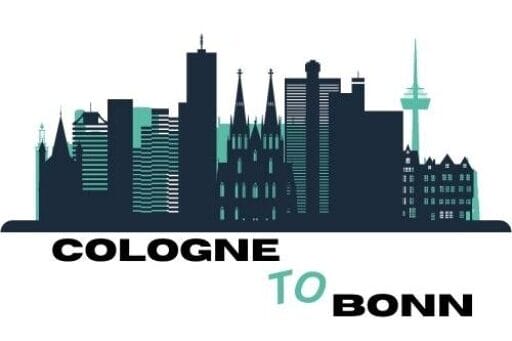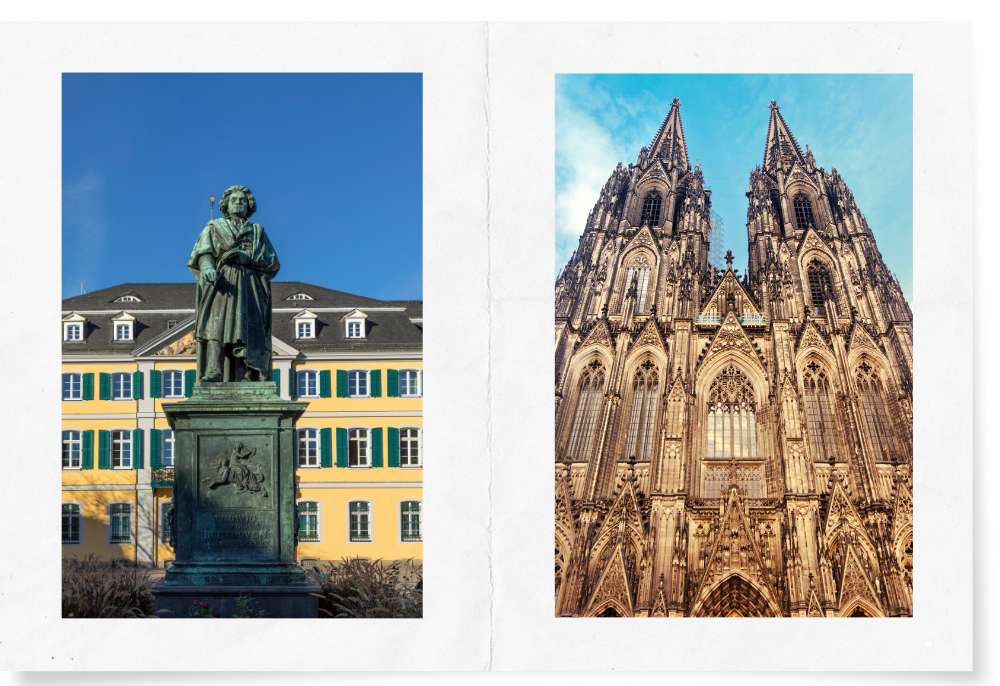House of the History of the Federal Republic of Germany, Bonn
*Cologne-to-Bonn contains affiliate links and is a member of the Amazon Services LLC Associates Program. If you make a purchase using one of these links, we may receive compensation at no extra cost to you.
WONDERING WHETHER A VISIT TO THE HOUSE OF THE HISTORY OF GERMANY IS WORTH IT?
You’ve come to the right place! As someone who has visited this museum multiple times, I can say that it is a must-see for anyone interested in German history.
The museum houses a vast collection of artefacts from the dark years of National Socialism to the present day. With every visit, you will discover new things you haven’t seen before.
But perhaps the best thing about this museum is that it is completely free of charge.
In this post, I will share my personal experiences and insights from my visits to the House of the History of the Federal Republic of Germany, and hopefully, inspire you to plan your own visit soon!
BEFORE YOU GO…..
If you are looking to make the most out of your experience in Bonn, the Bonn Regio WelcomeCard is the ultimate tip. This card allows you to explore not only Bonn but also the surrounding areas while saving money in the process.
With the Bonn Regio WelcomeCard, you can travel for free on public transport and gain free entry or discounted prices to many museums.
So, if you’re looking for a way to make your trip to Bonn budget-friendly, be sure to get your hands on the Bonn Regio WelcomeCard.

A Visit to House of the History of the Federal Republic of Germany
The House of the History of the Federal Republic of Germany in Bonn is a museum dedicated to preserving the cultural memory of German society. It offers you an insight into the country’s past, from its early beginnings to the present day.
The museum features almost 1 million items, including everyday objects, documents, films, magazines, machines, furniture, textiles, and many more. The exhibition will lead you chronologically through the decades of German post-war history, encompassing the following areas.
The Post-War-Period
The museum’s exhibition starts at the end of World War II. Here you are immediately confronted with the aftermath of the war.
The display features an US army jeep that was used by the Allied forces during World War II. You will also find a bomb, serving as a visual reminder of how devastating the war was for Germany.
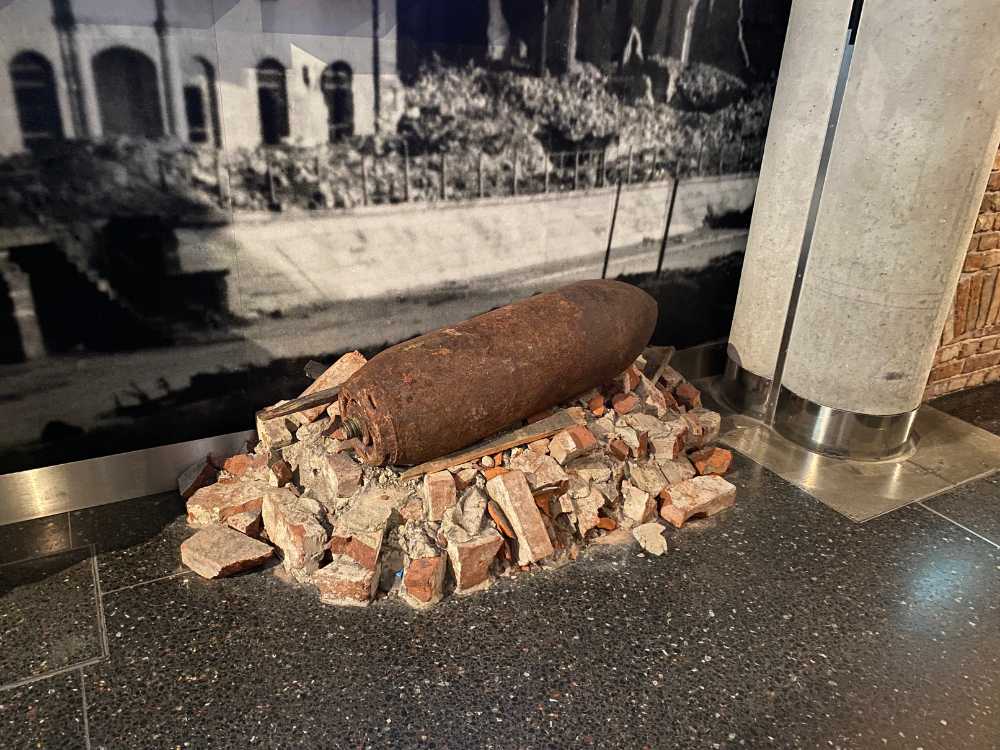
The exhibition continues to showcase various items, including photographs, documents, and artifacts from this period of time, giving visitors a sense of the country’s struggles during this period.
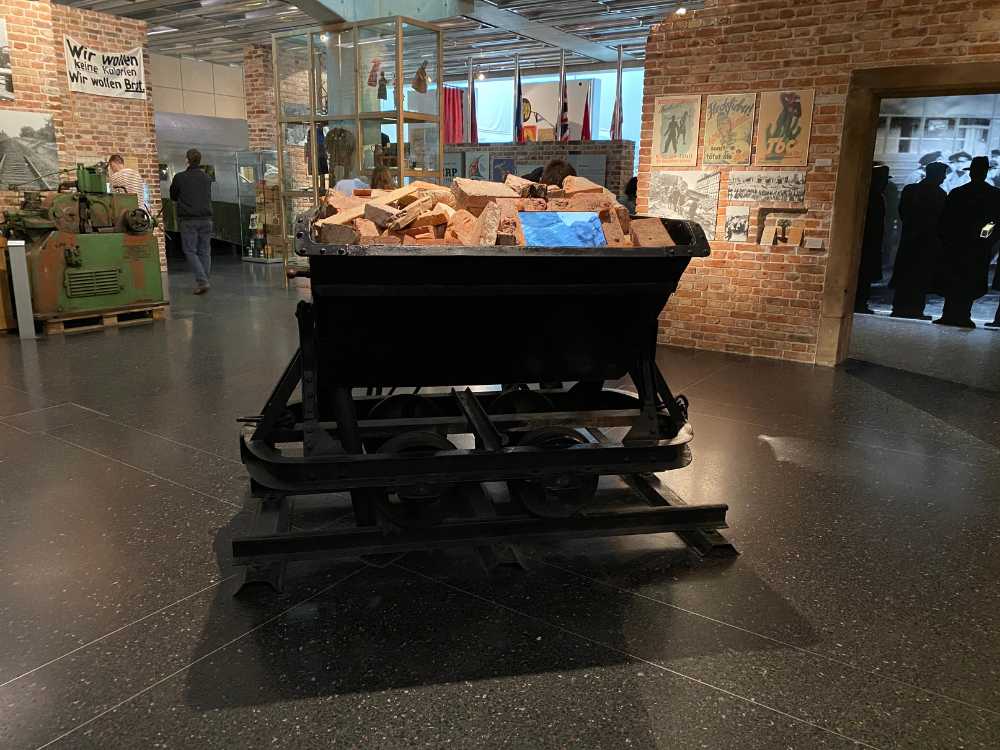
Rise of German Economy
Later in the exhibition, you can get an impression of era of Germany’s first Chancellor, Konrad Adenauer, and the economic boom that occurred during his tenure. The exhibition is replete with many artifacts, photographs, and documents that offer a glimpse into this time period.
Particularly noteworthy in this area is a replica of the German Bundestag, which is worth seeing.
Cold War
Of course, the Cold War period also plays a significant role in this museum. The most notable exhibit in this area is an old T34 tank.
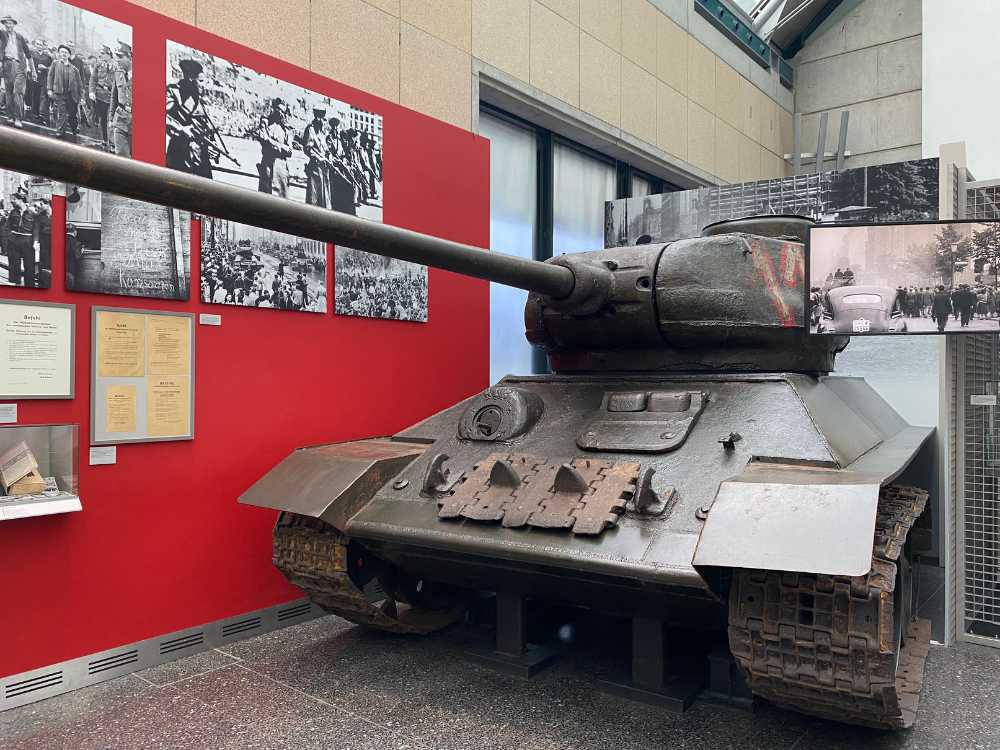

History of Sports
The exhibition at the House of the History of Germany does not solely focus on politics. The history of sports also has a place here. In a separate area, you can watch videos of the 1954 FIFA World Cup as well as see various sports equipment from the 1950s and 1960s.
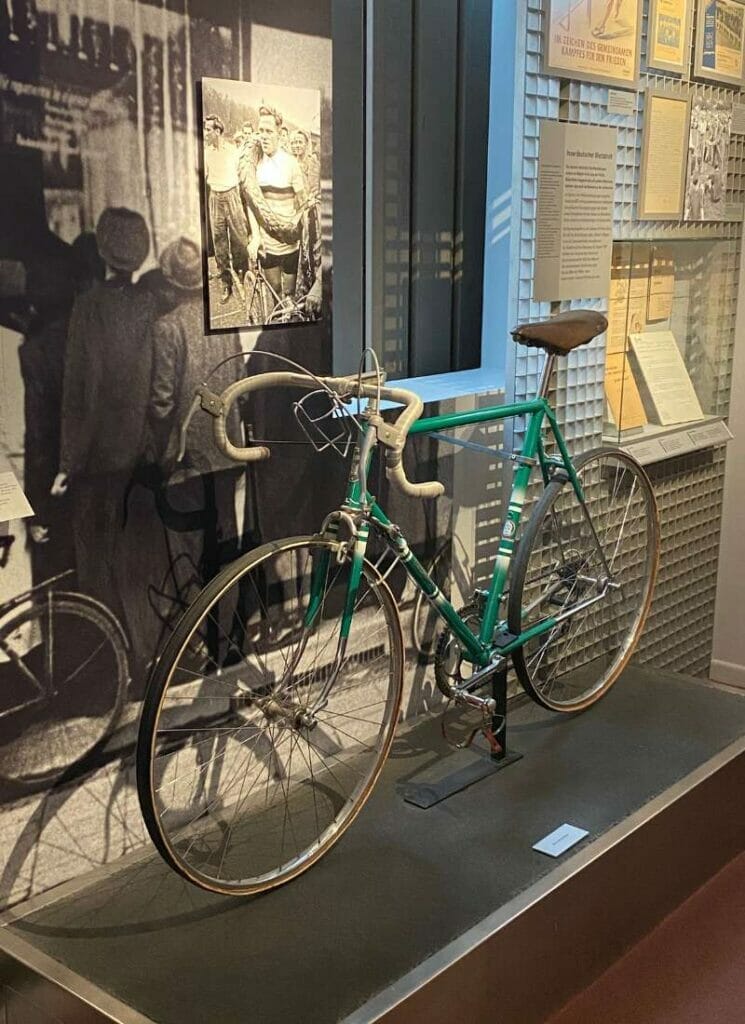
Entertainment
An old cinema and a magazine stand provide a glimpse into the world of entertainment in the 1950s and 1960s.

Cars of the 1960s
Do you like cars? Then you will enjoy the exhibition area that displays various car models from the 1960s. These vehicles serve as a reminder of the important role they played in shaping Germany’s history and are a fascinating addition to the museum’s collection.

Man is on the Moon
Even though the world owes the first moon landing to the US space agency NASA, this milestone in world history is also commemorated in this exhibition.
1970s & 1980s
In the exhibition sections that guide you through the 1970s and 1980s, there are many different everyday objects and clothing from that time to see. Television screens play the opening credits of various popular TV shows from that era.
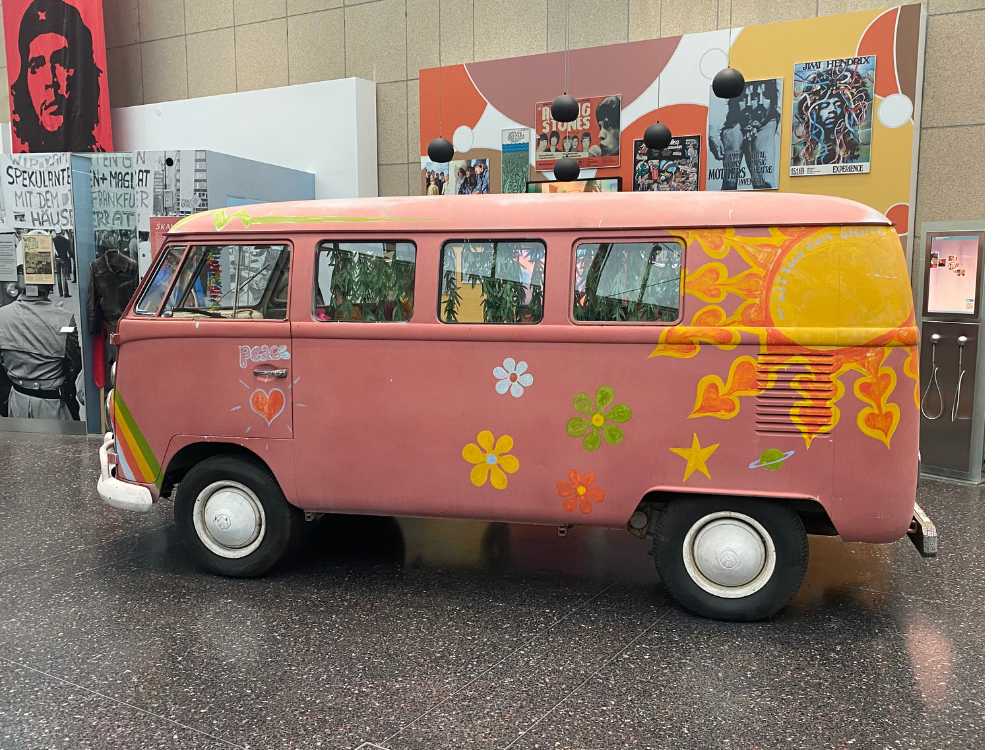
The Fall of the Berlin Wall
Of course, the fall of the Berlin Wall also plays a major role in this exhibition. News broadcasts from that time can be watched and listened to here. A green Trabant car in front of a replica of the Brandenburg Gate symbolizes the departure to the West.
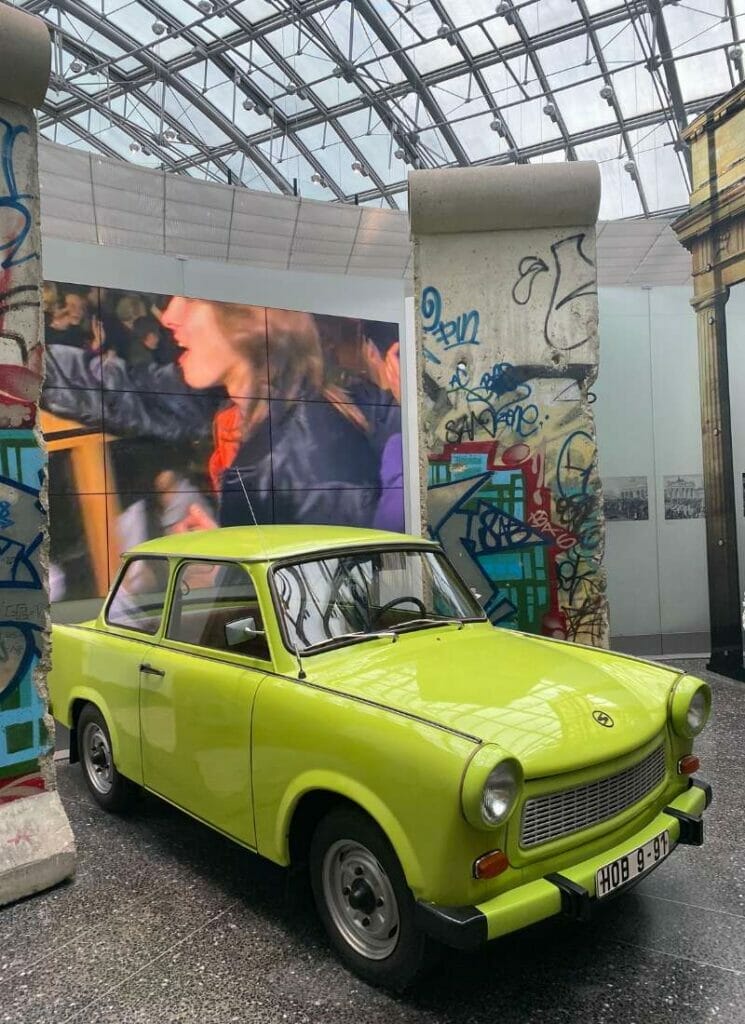
9/11
9/11 was arguably the biggest tragedy in recent history. Accordingly, this event also finds its place in the museum in the form of a twisted steel beam from the World Trade Center.
Refugees
The refugee crisis was one of the major challenges of German politics in recent years and accordingly, it also finds a place in the exhibition.
When to visit?
The House of the History of the Federal Republic of Germany can be visited from Tuesday to Friday between 9:00 a.m. and 7:00 p.m. On weekends and holidays, the museum is open from 10:00 a.m. to 6:00 p.m.
How to get there?
By Car
If you plan on driving to the House of German History in the city center of Bonn, your car must have a green environmental sticker.
There are various parking options available, including the parking garage Museums-Meile on Emil-Nolde-Straße and the parking garage at World Conference Center Bonn on Karl-Carstens-Straße (use Welckerstraße for navigation).
For visitors with disabilities, there are two designated parking spots in front of the main entrance on Rheinweg. Parking is also available in the underground garage. T
By Train
If you come by train to Bonn, get off at the stop “Bonn UN Campus”.
By Public Transport
If you arrive by public transportation, take the subway lines 16, 63, 66, or buses 620 and 611 to the stop “Heussallee/Museumsmeile”.
Where to stay?
When planning a visit to the House of the History of the Federal Republic of Germany, there are various accommodation options available to suit different preferences and budgets. From hotels and guesthouses to apartments and hostels, there is an option for every traveler’s needs.
What else to do in Bonn?
Bonn is a city that offers a multitude of activities and attractions for visitors to enjoy. There are numerous cultural landmarks to explore, such as the Beethoven House and Bonn Minster, as well as natural wonders like the Rhine River and Rheinaue Park, all contributing to the city’s vibrancy.
Moreover, Bonn boasts a variety of museums, galleries, shops, and restaurants that cater to different tastes and interests, making it an ideal destination for all.
Whether one is fascinated by history, art, music, or just interested in experiencing the local culture, there is always something to discover in Bonn.
House of the History of the Federal Republic of Germany
The House of German History aims to provide a comprehensive understanding of the country’s past and present. It emphasizing the importance of learning from history to shape a better future.
The museum’s commitment to collecting potential objects from contemporary historical events ensures that the cultural memory of German society continues to be preserved for future generations. Due to the diversity of the exhibited objects, the museum is particularly worth seeing and promises an entertaining visit.
- 23 Best Things to Eat at Cologne Christmas Market [Locals Pick] - 18. October 2023
- 15 Things to Do in Cologne at Christmas - 11. October 2023
- 20 Unusual Things to do in Cologne Germany - 6. September 2023
